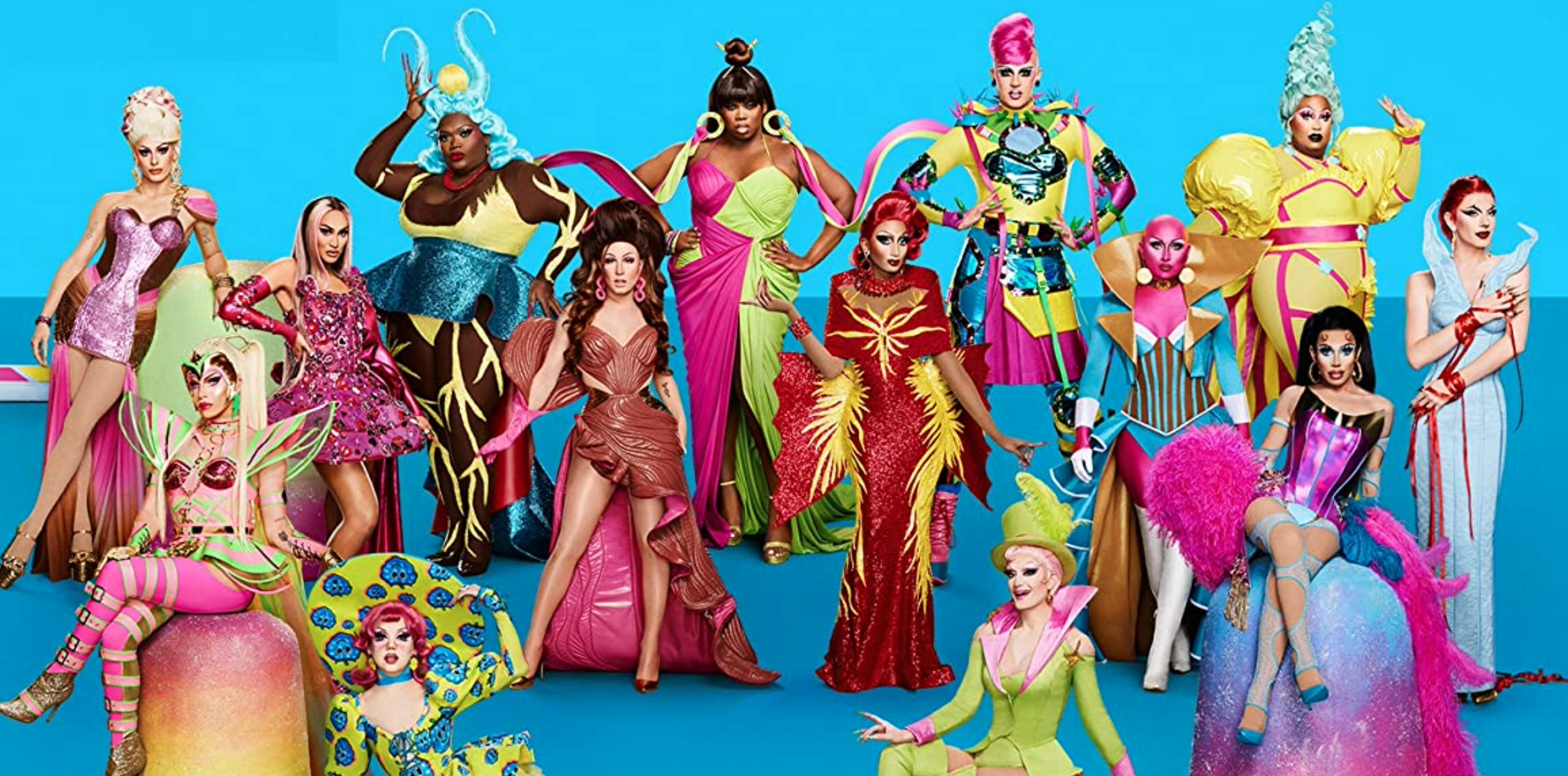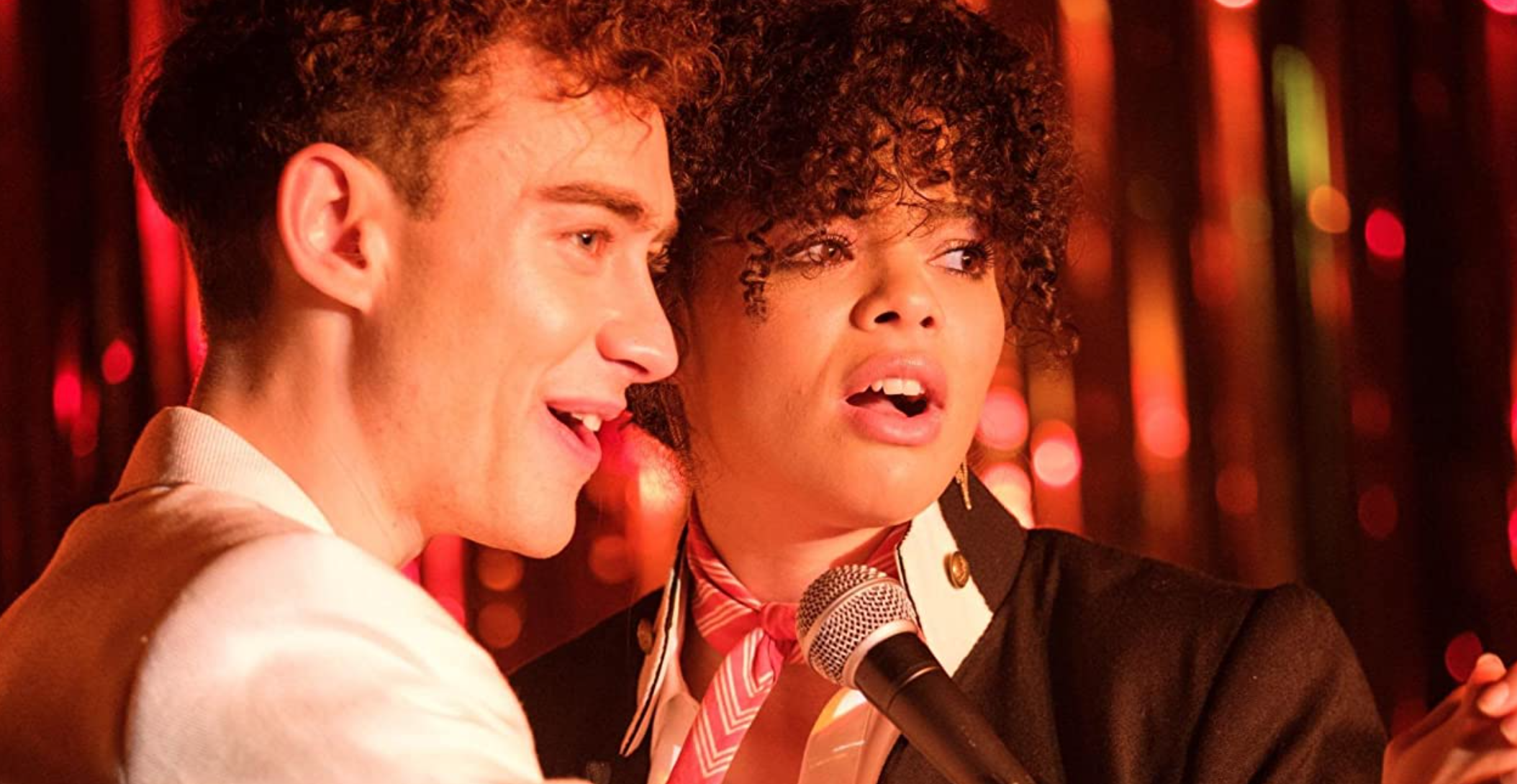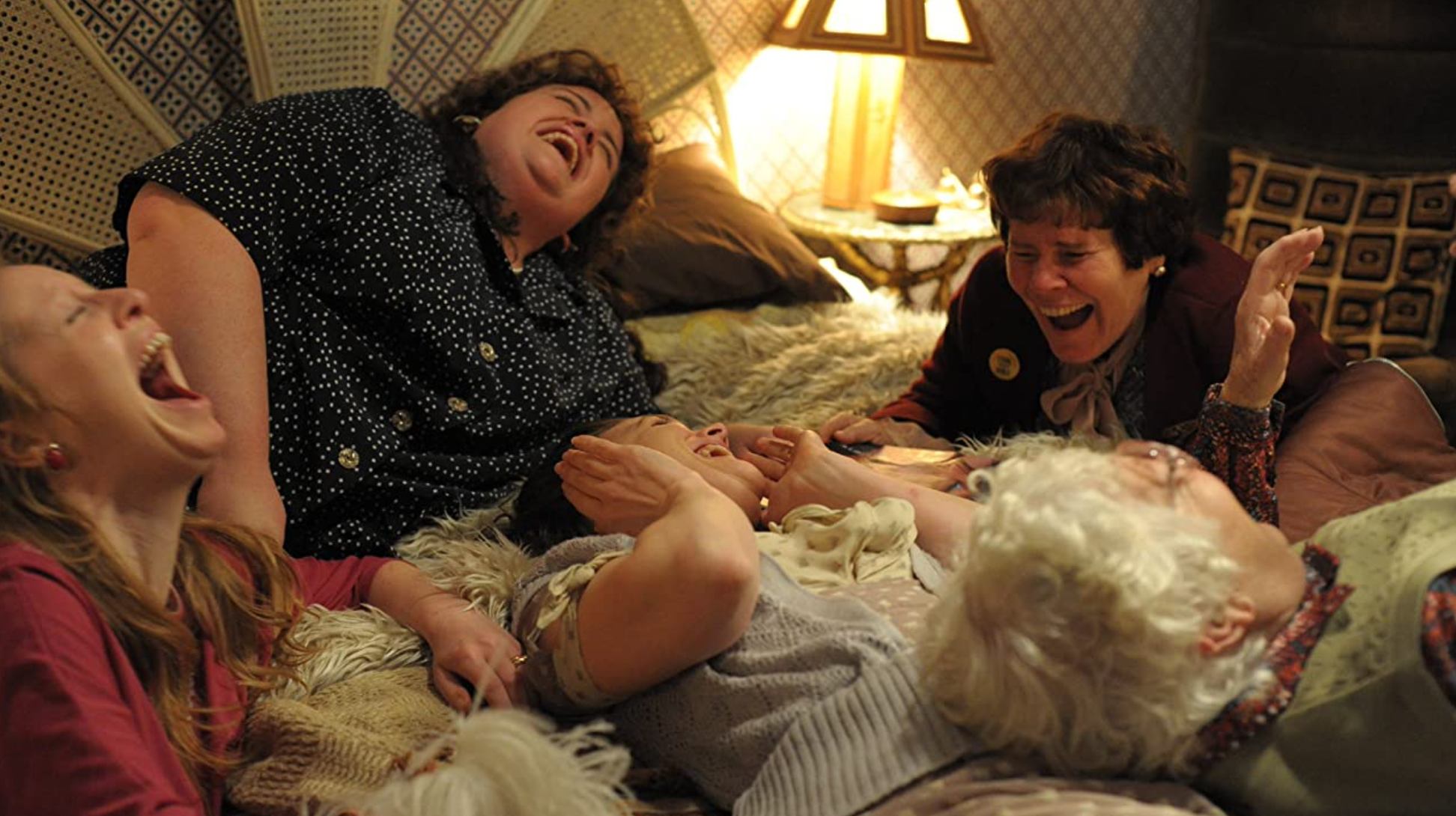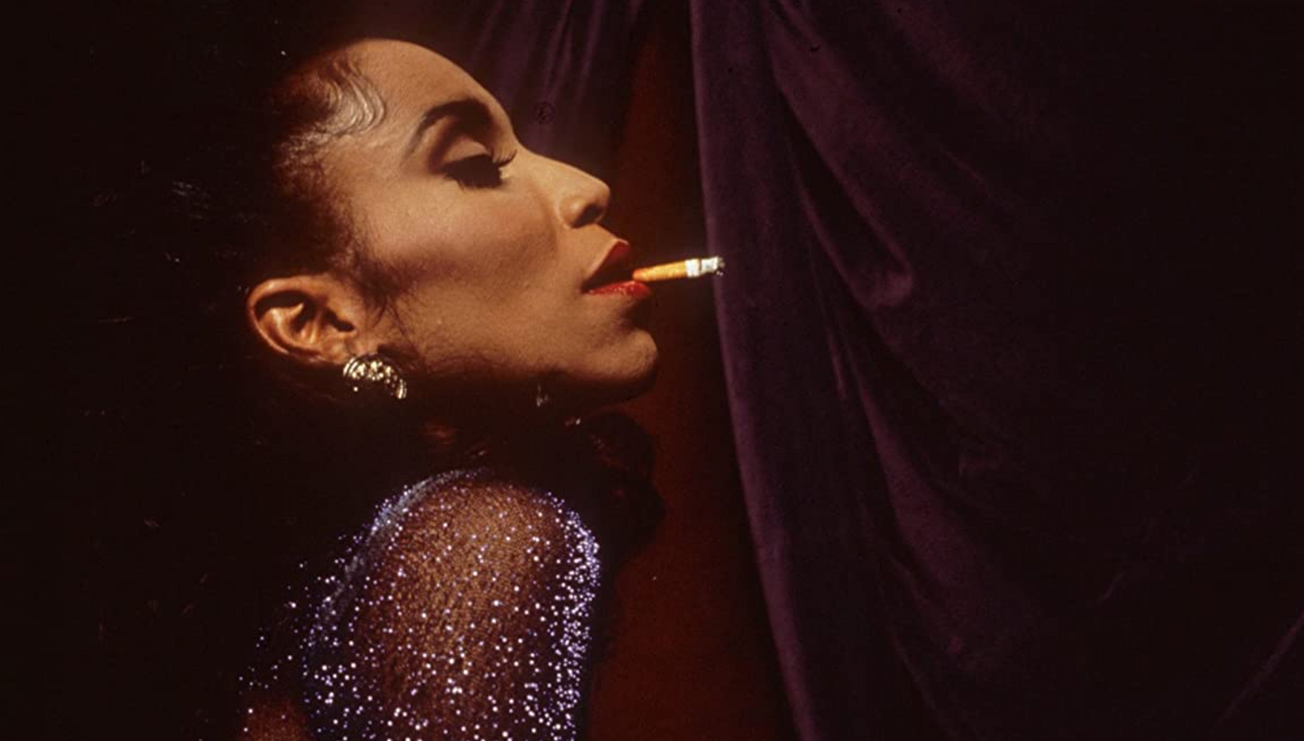By Kitty Fitzgerald, Third Year, Classics
As February marks the month of LGBTQ+ history, here is a guide to some of the most essential and powerful portrayals of queer history. This list is, of course, non-exhaustive; there are many other vivid portrayals of queer culture and history, such as Paris Is Burning (1990), so I urge you to watch beyond this list too!

RuPaul’s Drag Race (2009-)
“A drag queen? A drag queen…? I am the queen of drag!” – RuPaul on The Tonight Show Starring Jimmy Fallon.
Today, it is impossible to imagine drag without thinking of RuPaul. But before the immensely popular show, where did drag come from?
Drag primarily began in 1920s Harlem, New York. However, drag as we know it today evolved out of discrimination against Black and Latinx performers, driving them to develop ground-breaking events, known as balls, and establishments in the 1970s.
The art of drag thus exploded out of Harlem, inciting its multifaceted nature and inclusivity of all people regardless of ethnicity, gender or sexuality.
Almost 100 years on from the development of 1920s ball culture in Harlem, RuPaul’s Drag Race aired for the first time in America in 2009. Now in 2023, the show has gained millions of fans and spans across the globe, mainstreaming one of the most prevalent subcultures of queer expression.
Not only does RuPaul’s Drag Race enable LGBTQ+ artists to create, dance, sing, perform and act, but also reminds viewers and the contestants of the progress made possible by those who fought for such freedom. Overall, it continues to be an incredibly important and feelgood celebration of the queer community.

Black Mirror - 'San Junipero' (2016)
As much as Black Mirror (2011-) has come to be associated with dystopian stories that hit a little too close to home, Season 3 surprised audiences with a heart-warming episode centred around sapphic love. (Spoilers ahead)
For many, Yorkie became a particularly relatable character due to her extremely shy demeanour in social settings. However, as the episode unfolds, we learn that Yorkie’s awkwardness stems from her inexperience and inability to have ever explored her sexuality.
Cue Kelly - a dynamic and charming character who forms an instant connection with Yorkie, leaving her helplessly confused and pining for more. As their story develops, the cat-and-mouse nature of the characters’ first queer experiences becomes increasingly familiar and charming. And unlike countless other lesbian portrayals, the protagonists of this story enjoy a healthy relationship together and are given a happy ending.
Ultimately, San Junipero’s most touching element is the exploration of queer love for the first time regardless of when in life it is experienced.

Sex Education (2019-)
“It shouldn’t matter what anyone in the school thinks. You are who you are. Don’t let anyone take that away from you.” – Otis Milburn, Sex Education
With school being an incredibly transformative time in understanding oneself, Netflix’s Sex Education brilliantly explores the trials and tribulations of navigating modern-day adolescence.
Sex Education, however, differs from previous series that are set in a secondary school environment as LGBTQ+ stories have been represented via a plethora of characters in their various stages. Queer plots about adolescence are therefore, no longer limited to the trope of self-discovery but expand far beyond this.
The series offers so many representations of queer characters that it is hard to praise just one, however, much acclaim has been given to the character Eric Effiong. One of the most memorable moments of the entire series is Eric’s astoundingly beautiful combination of Nigerian heritage and queer expression. Ncuti Gatwa has been heavily commended for his portrayal of Eric due to the inspiration he has provided to young Nigerians in the LGBTQ+ community.
As season 4 will be the finale of Sex Education, I am as sad as I am excited to see the end of such complex and beloved characters who paved the way for a new kind of young queer representation.

It’s A Sin (2021)
It’s A Sin is an incredibly powerful portrayal of the HIV and AIDS crisis that began in the 1980s. The series primarily explores the lives of gay men, portrayed by both legendary queer icons such as Stephen Fry and Neil Patrick Harris, and lessor-known actors who quickly became acclaimed for their moving performances.
Initially, the series celebrates the growing freedom of young LGBTQ+ people in London, set against the backdrop of queer clubbing culture accompanied by 80s dance anthems. But as the series continues, the polarisation of newly found freedom with the rise of a deadly disease becomes increasingly devastating.
Creator Russell T. Davies spoke of how his own experience heavily inspired the series, reflecting the nightmarish reality of the crisis for young men who lived through it. It’s A Sin, therefore, defies the misinformed prejudice that has circulated for 40 years, providing an authentic account of the crisis through an LGBTQ+ perspective.
As heartbreaking as the series is, it is also a moving and respectful tribute to the young men who suffered, cementing its place a must-watch for queer history.

Pride (2014)
"When you're in a battle with an enemy that's so much bigger, so much stronger than you, to find out you had a friend you never knew existed, well that's the best feeling in the world. Can you see what we've done here, by coming together all of us? We made history!" – David Donavon, Pride
Of all the unlikely alliances to have blossomed out of political turbulence in the 1980s, the teaming up of Welsh miners and London’s LGBTQ+ communities is perhaps the most unpredictable of them all. However, Pride is the true account of this unbelievable story.
Set in 1984 between Onllwyn and London, the movie recounts the genuine people who rallied against the government’s treatment towards them. Despite their initial differences, the unlikely friendships formed between these two groups convey the power of solidarity and the beauty of humanity.
Pride, therefore, celebrates the incredible achievements of the ‘Lesbians and Gays Support the Miners’ group. However, the movie is also a homage to the group’s founder, Mark Ashton, who tragically died of HIV-related pneumonia at 26 years old, just two years after this outstanding feat.
Overall, Pride is both a beautiful story and a crucial part of understanding the progress of the UK’s queer history.
Featured Image: Octavia St. Laurent in Paris is Burning (1990), courtesy of IMDB.
Have you seen any of these LGBTQ+ films and series?









